Clásicos de la Literatura Universal: mi reseña de La Guerra y la Paz de León Tolstoi [ESP] / Classics of World Literature: my review of Leo Tolstoy's War and Peace. [ENG]
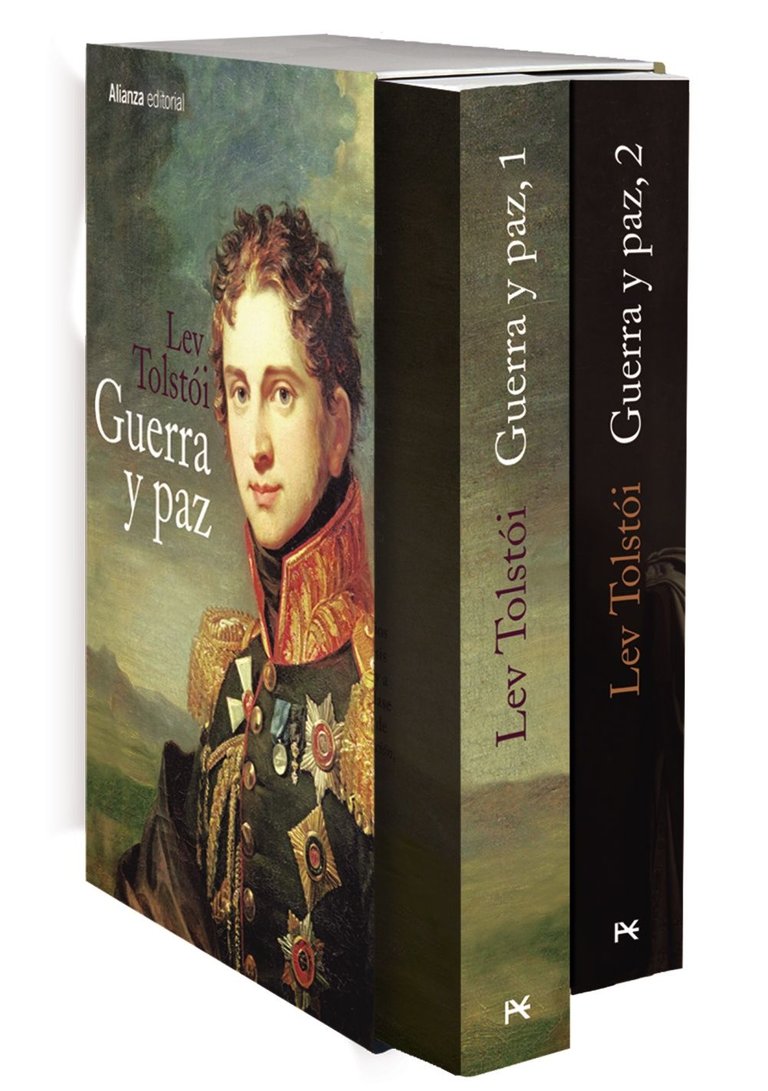
A distancia de varios años de haberlo leído (en ese entonces Rusia se conocía como la U.R.S.S. -Unión de Repúblicas Socialistas Soviéticas y el bloque ruso era lo más parecido a un continente sólido y compacto con tantos satélites a su alrededor, muchos de los cuáles en enquistados el verdadero y propio corazón de una Europa occidentalizada aliada a ultranza con los EE. UU), analizar el contenido esta libro (después de haberlo releído) me parece de una tremenda actualidad, no solo por las noticias del actual conflicto entre Rusia y Ucrania en sí mismas, sino por el profundo valor que tiene en defensa de la condición humana.
La Guerra y la Paz junto a Ana Karenina son las dos obras cumbres del escritor ruso.
El propio Tolstoi comparó su obra con las grandes creaciones homéricas, y en su inmensidad podríamos decirse que La Guerra y la Paz ambientada en un contexto medio siglo anterior a la época vivida por el autor, es una novela infinita, densa en referencias filosóficas, científicas e históricas, combinando en forma estupenda la fuerza de la historicidad y la precisión de la dramaturgia, donde el mismo Napoleón está retratado en forma inolvidable.
La novela de Tolstoi podría consderarse (y de hecho gran parte de la crítica especializada así lo hace) como la mayor obra literaria de la épica moderna, el modo en que son relatadas las batallas Austerlitz y Borodino, hasta en sus más íntimos detalles es deslumbrante.
Pero, aparte de la épica, la novela ofrece un retrato hasta ese momento poco conocido: un retrato de la nobleza rusa en el periodo napoleónico en un lenguaje y una caracterización que forman un verdadero milagro expresivo y técnico literario, porque a la vez de combinar, en un nuevo tipo de ficción, un gran número de personajes formando una trama con los dos temas del título a que hace referencia la obra, los integra a temas más amplios como la juventud, la vejez y el matrimonio.
En realidad hay bastantes controversias sobre el título de la obra y la traducción efectuada en el mundo occidental. Según algunas fuentes la traducción correcta del título original (que comprendía cuatro volúmenes y dos epílogos) en ruso sería "La Guerra y el Mundo" o "La Guerra y la Sociedad". Sin embargo cuando Tolstoi decide de autorizar la primera traducción de la obra para su difusión en el mercado literario occidental elige Francia y el título en francés es "La guerre et la paix" porque aparentemente tenía un concepto y una fuerza de marketing (en ese momento esta palabra no existía) mayor.
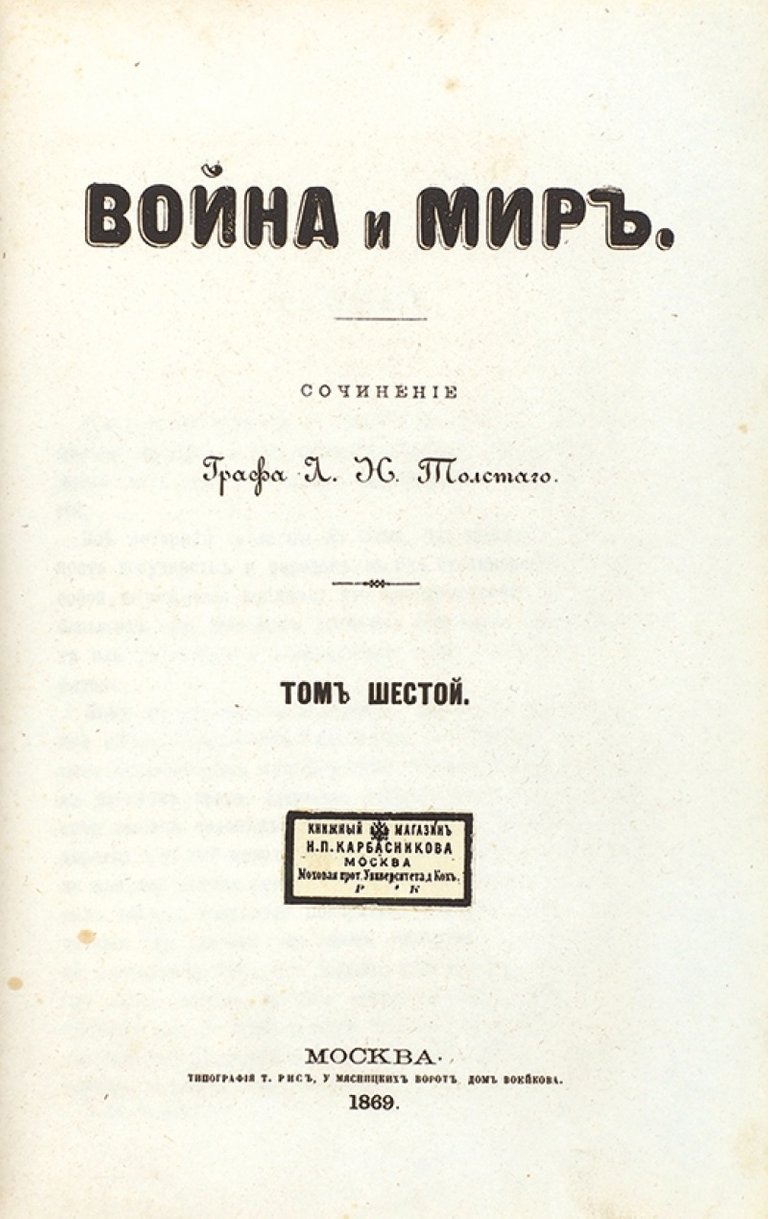

Tolstoi comienza relatando la historia de algunas familias de la nobleza rusa con una característica: cada integrante tiene su destino, su futuro ya señalada, armado, predestinado y nada puede hacerlo cambiar de rumbo, ya se trata de felicidad o desgracia, donde a menudo se mezclan la naturaleza de la guerra y el poder políticamente, muy estrechamente ligados uno con otro en la Rusia de fines del siglo XVII e inicios del siglo XVIII.
La inminente guerra de Rusia contra Napoleón se inicia con un desarrollo entre algunas familias nobles rusas y se preparación para la guerra, entre los que se destaca el prícipe Andrej Bolkonskij, inteligente y sardónico, ayudante de campo del Comandante Supremo Michail Illarionovič Kutuzov (el primero es un personaje imaginario producto de la fantasía de Tolstoi mientras que el segundo es un personaje histórico realmente existido). Esta dualidad entre fantasía y realidad recorre toda la obra.
Pero el personaje central (o mejor dicho uno de los personajes centrales) no es ninguno de los dos sino Pierre Bezuchov hijo ilegítimo de un conde adinerado que muere váctima de una apoplejía, y que se ve inesperadamente envuelto en la disputa por la herencia de su padre con el resto de los hijos legítimos y la viuda del conde, que de repende se encuentra con una cuantiosa herencia en su poder pero también con la obligación de entrar a hacer parte de ese sector noble de la sociedad a la que nunca había pertenecido.
El matrimonio con Hélène, la bella e inmoral hijo del principe Kuragin, lo acerca a este mundo nuevo y desconocido pero también le causa los problemas problema. Se bate a duelo con uno de sus manates y a pesar de no haber empuñado nunca una pistola sale vencedor del duelo, se separa de su esposa dejándole la mitad del patrimonio y se une a una confratenidad masónica que lucha por defender a los campeninos y siervos de esa especie de poder feudal al que estaban sometidos.
Entre amores y traiciones de estas familias nobles (la familia Bolkonskij, la familia Rostov, la familia Kuragin y la familia Drubeckoj) va pasando el tiempo hasta que la amenaza de la invasión napoleónica se transforma en una realidad.
En la batalla de Borodino Pierre observa -sin participar directamente- desde una distancia particularmente cercana, de pie detrás de los asistentes de una batería de artillería rusa, y ve en primera persona cuanto sangrienta y horrible sea realmente la guerra.
Esto no le impide cuando Napoleón invade Moscú de idear un plano temerario y en cierto modo quijotesco para asesinar al gran general francés, que termina en un rotundo fracaso. Apresado por las fuerzas francesas de ocupación es hecho prisionero de guerra y debe observar sin poder intervenir como las tropas francesas disparan contros los civiles rusos sin poder intervenir. La férrea resistencia moscovita hace que el triunfo inicial francés se vaya paulatinamente transformando en una derrota y Piere es obligado a marchar prisionero de los frances que se baten finalmente en una retirada desastrosa.
No obstante grupos del ejército ruso hostigan sin piedad a los franceses y en una de estas escaramuzas lograr liberar al jove Pierre y otros prisioneros rusos que vuelven a Moscú.
Una buena parte de libro Tolstoi se dedica a retratar las personalidad de los dos generales: Napoleón al comando de las tropas francsesas y Kutuzov el general ruso que superó en astucia al gran estratega galo. En efecto en vez de oponer resistencia para evitar el asalto a Moscó permitió que Napoleón ocupara la capital rusa.
Una vez dentro de Moscú, el ejército napoleónico se dispersó, ocupando viviendas más o menos al azar; la cadena de mandos se derrumbó y el resultado fue la destrucción de Moscú por el fuego, por obra de sus propios ocupantes que no sabían que las viviendas eran todas de madera, un material altamente combustibles cuando los franceses para quitarse el frio alzaban hogueras en cualquier parte de la ciudad.
Kutuzov espera con paciencia convencido de que el tiempo es su aliado más valioso: sigue aplazando la batalla definitiva, mientras que, de hecho, los franceses están diezmados por su dolorosa marcha a casa.
Finalmente con la ayuda de los cosacos el general Kutuzov lanza el ataque final aniquilando el ejército francés en la batalla de Beresina.

Several years after I read it (at that time Russia was known as the U.S.S.R. - Union of Soviet Socialist Republics and the Russian bloc was the closest thing to a solid and compact continent with so many satellites around it, many of which were encrusted in the very heart of a Westernised Europe allied to the U.S.), analysing the content of this book (having reread it) seems to me to be tremendously topical, not only because of the news of the current conflict between Russia and Ukraine itself, but also because of its profound value in defence of Russia and the Ukraine, and not just because of the news of the current conflict between Russia and the Ukraine itself. The content of this book (after having reread it) seems to me to be tremendously topical, not only because of the news of the current conflict between Russia and Ukraine in itself, but because of the profound value it has in defence of the human condition.
War and Peace together with Anna Karenina are the Russian writer's two greatest works.
Tolstoy himself compared his work to the great Homeric creations, and in its immensity we could say that War and Peace, set in a context half a century before the time lived by the author, is an infinite novel, dense in philosophical, scientific and historical references, combining in a stupendous way the force of historicity and the precision of drama, where Napoleon himself is portrayed in an unforgettable way.
Tolstoy's novel could be considered (and indeed much of the specialist critics do) as the greatest literary work of modern epic, the way in which the battles of Austerlitz and Borodino are recounted, down to their most intimate details, is dazzling.
But apart from the epic, the novel offers a hitherto little-known portrait: a portrait of the Russian nobility in the Napoleonic period in a language and characterisation that form a veritable miracle of literary expression and technique, for while combining, in a new kind of fiction, a large number of characters into a plot with the two themes of the title to which the work refers, it integrates them with the broader themes of youth, old age and marriage.
There is actually quite a lot of controversy about the title of the play and the translation made in the Western world. According to some sources the correct translation of the original title (which comprised four volumes and two epilogues) in Russian would be "War and the World" or "War and Society". However, when Tolstoy decided to authorise the first translation of the work for the western literary market, he chose France and the French title was "La guerre et la paix" because it apparently had a stronger concept and marketing force (at that time this word did not exist).
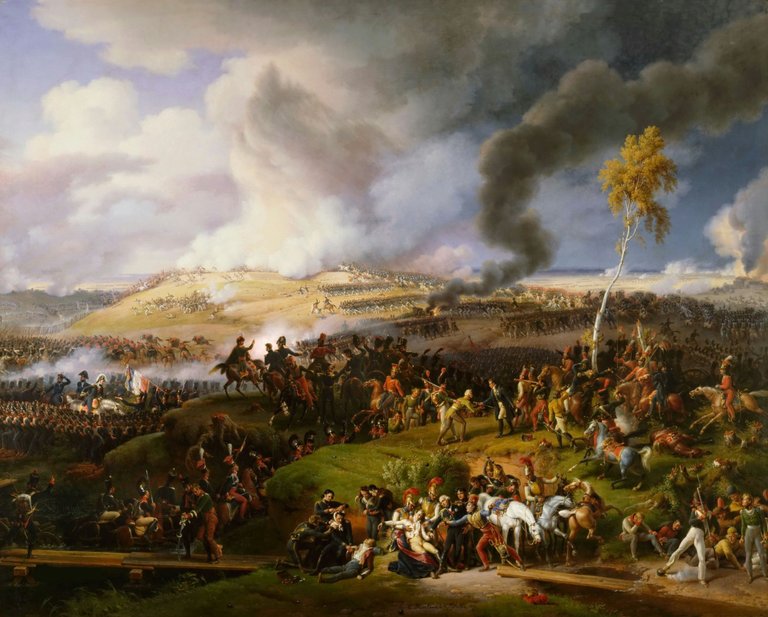

Tolstoy begins by telling the story of some families of the Russian nobility with a characteristic: each member has his destiny, his future already marked, armed, predestined and nothing can make him change course, whether it is happiness or misfortune, where often the nature of war and power are mixed politically, very closely linked to each other in Russia at the end of the 17th century and the beginning of the 18th century.
Russia's impending war against Napoleon begins with a development among some Russian noble families and preparations for war, most notably the intelligent and sardonic Prince Andrej Bolkonskij, aide-de-camp to Supreme Commander Michail Illarionovič Kutuzov (the former is an imaginary character from Tolstoy's fantasy while the latter is a historical character who actually existed). This duality between fantasy and reality runs throughout the play.
But the central character (or rather one of the central characters) is neither of them but Pierre Bezuchov, the illegitimate son of a wealthy count who dies of a stroke, and who unexpectedly finds himself involved in the dispute over his father's inheritance with the rest of the legitimate children and the count's widow, who suddenly finds herself with a large inheritance in her possession but also with the obligation to become part of that noble sector of society to which she had never belonged.
Marriage to Hélène, the beautiful and immoral son of Prince Kuragin, brings him closer to this new and unknown world but also causes him problems. He fought a duel with one of his manates and despite never having wielded a gun, he won the duel, separated from his wife, leaving her half of his patrimony and joined a Masonic confraternity that fought to defend the peasants and serfs from the kind of feudal power to which they were subjected.
Between the love affairs and betrayals of these noble families (the Bolkonskij family, the Rostov family, the Kuragin family and the Drubeckoj family), time passes until the threat of the Napoleonic invasion becomes a reality.
At the Battle of Borodino Pierre observes - without participating directly - from a particularly close distance, standing behind the attendants of a Russian artillery battery, and sees at first hand how bloody and horrible the war really is.
This does not prevent him, when Napoleon invades Moscow, from devising a reckless and somewhat quixotic plan to assassinate the great French general, which ends in complete failure. Apprehended by the occupying French forces, he is made a prisoner of war and must watch helplessly as French troops fire on Russian civilians without being able to intervene. The fierce Muscovite resistance gradually turns the initial French triumph into a defeat and Piere is forced to march prisoner to the French, who finally make a disastrous retreat.
However, groups of the Russian army mercilessly harass the French and in one of these skirmishes manage to free the young Pierre and other Russian prisoners who return to Moscow.
A good part of the book is devoted to portraying the personalities of the two generals: Napoleon in command of the French troops and Kutuzov the Russian general who outwitted the great Gallic strategist. Indeed, instead of putting up resistance to prevent the assault on Moscow, he allowed Napoleon to occupy the Russian capital.
Once inside Moscow, the Napoleonic army dispersed, occupying dwellings more or less at random; the chain of command collapsed and the result was the destruction of Moscow by fire, the work of its own occupants who did not know that the dwellings were all made of wood, a highly combustible material when the French were building fires all over the city to keep out the cold.
Kutuzov waits patiently, convinced that time is his most valuable ally: he keeps putting off the final battle, while in fact the French are decimated by their painful march home.
Finally, with the help of the Cossacks, Kutuzov launches the final attack, annihilating the French army at the Battle of Beresina.
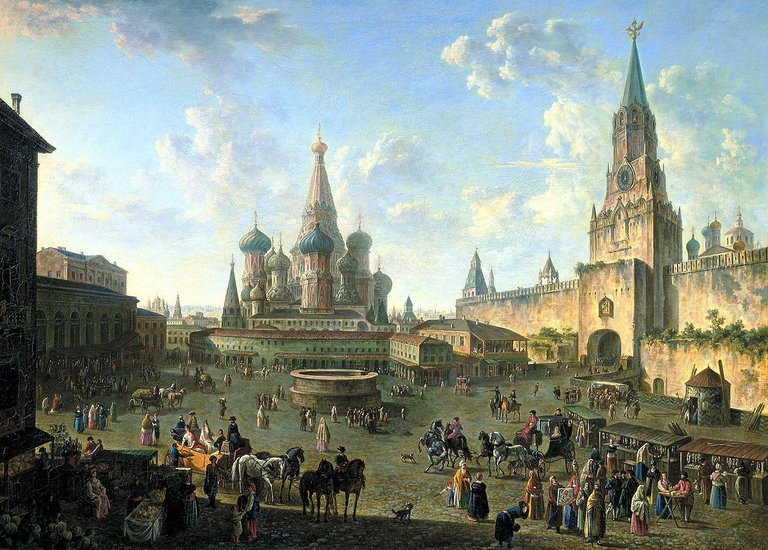


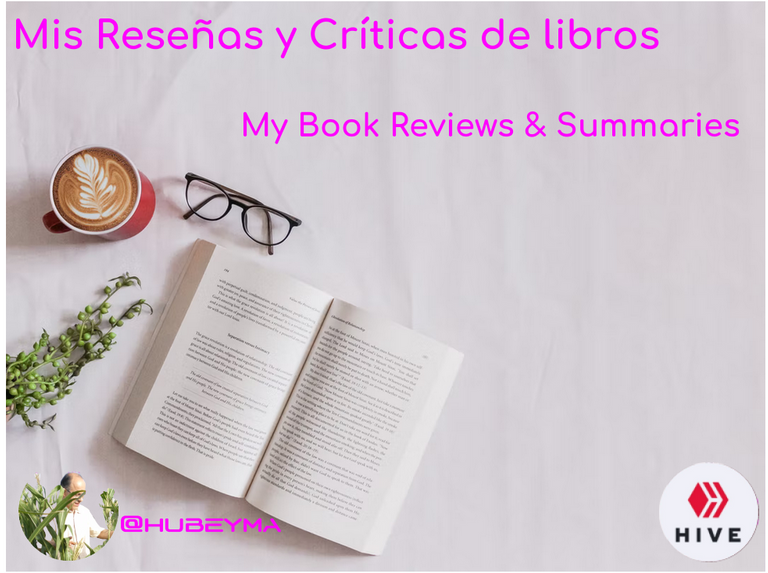
Separators and text dividers are property of: Pixabay, @thepeakstudio and Unsplash. To all of them my sincere thanks.
Separadores y divisores de textos son propiedad de: Pixabay, @thepeakstudio y Unsplash. A todos ellos mi sincero agradecimiento.

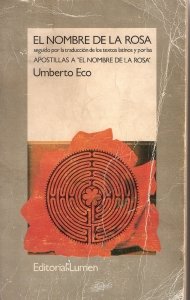
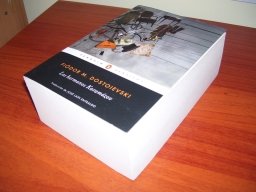
https://twitter.com/belmaxhugo/status/1499141363966828544
The rewards earned on this comment will go directly to the person sharing the post on Twitter as long as they are registered with @poshtoken. Sign up at https://hiveposh.com.
Thank you for your continued support @poshtoken.